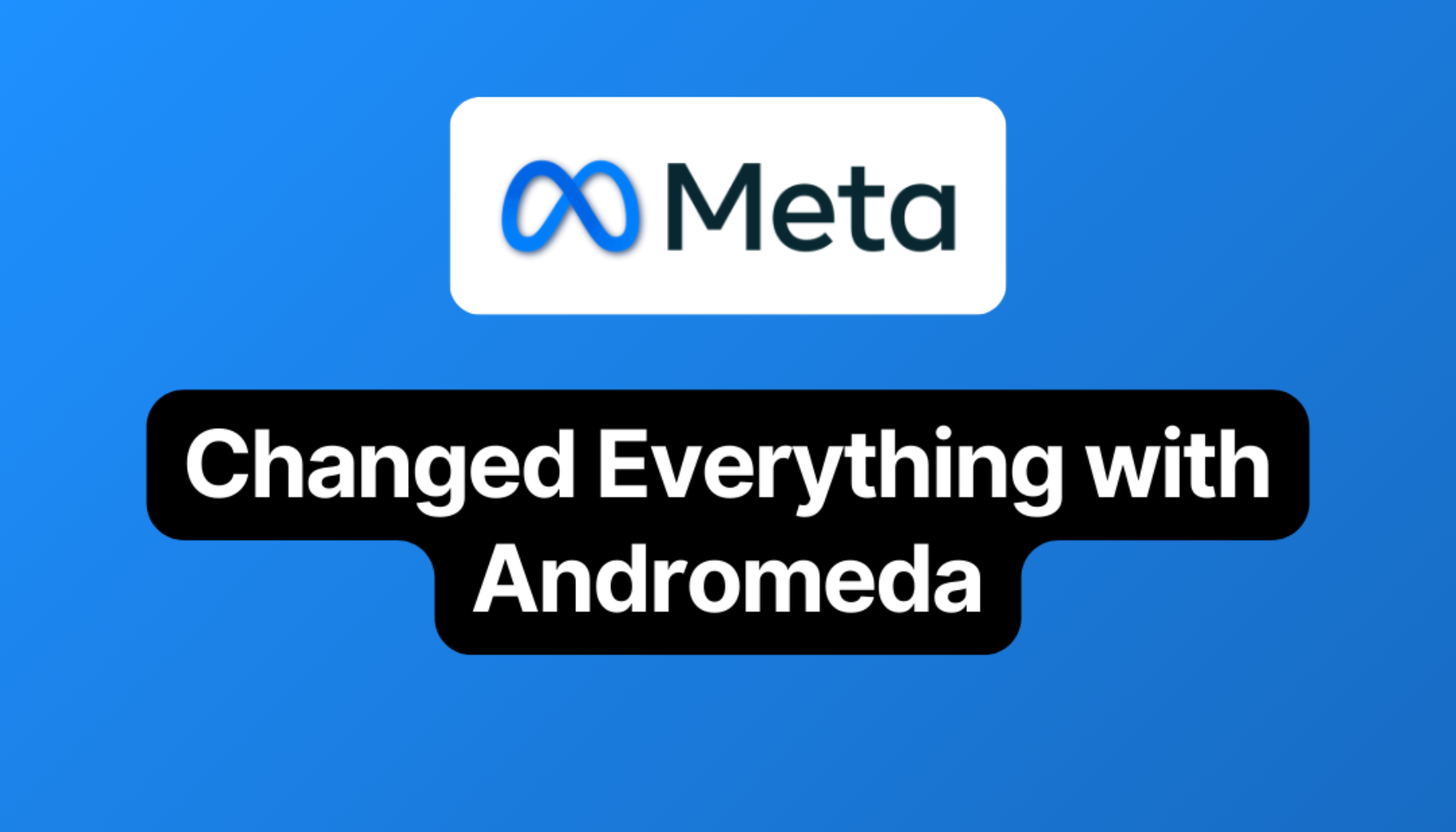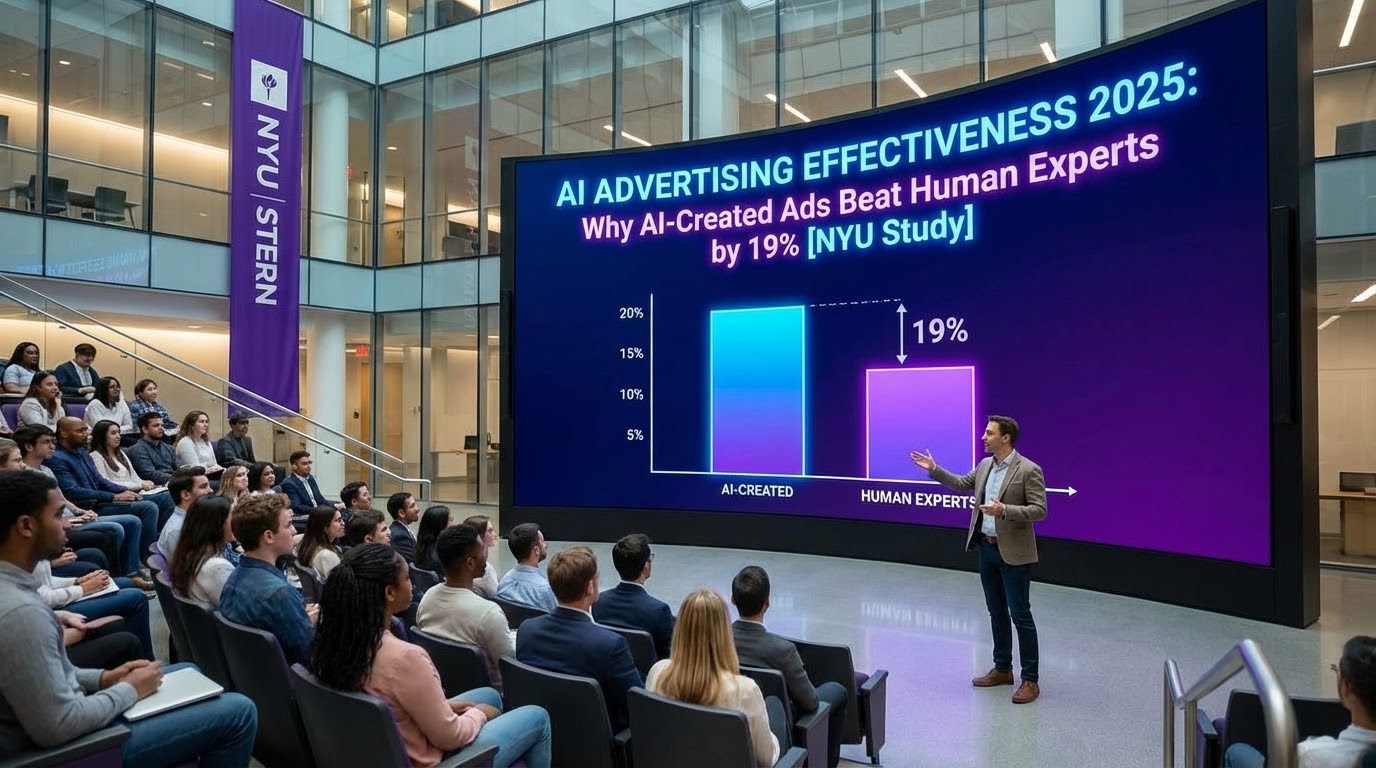
Andromeda: the end of targeting, the start of the creative era — what online retailers need to change in 2025
Andromeda is Meta's new advertising engine.
Developed in partnership with NVIDIA, it is a complete overhaul of the advertising algorithm on Facebook and Instagram.
Its objective: to replace manual targeting with artificial intelligence capable of understanding behavioral signals and creative signals to decide, in real time, which advertising to show to which user.
This system is based on massively parallel computing technologies (Grace Hopper Superchip, MTIA) and on sequential learning models (Sequence learning) able to analyze several weeks of interactions to predict the future intentions of users.
In other words, Andromeda is transforming Meta advertising into a predictive and creative mechanism on a large scale.
Performance no longer depends on targeting, but on the ability of brands to produce, renew and contextualize their advertising creations.
This change requires e-retailers to rethink three pillars:
- The structure of their campaigns;
- Metrics used to assess performance;
- And above all, their approach to advertising creation, which has become the new optimization variable.
In concrete terms, Andromeda is to Meta what Performance Max is to Google: an all-in-one platform where AI decides everything, from distribution to targeting.
1. An algorithmic revolution: when Meta learns to “read” creations
Andromeda marks the end of manual optimization and the advent of an advertising engine that can understand the content of an advertisement.
The algorithm no longer only analyzes clicks or conversions, but the meaning and form of the visuals, videos and texts used.
Each creation becomes a semantic and visual signal that Meta can relate to user behavior.
This operation is based on three technical pillars:
- Sequence Learning: prediction of future behaviors based on past actions (purchases, likes, views, interactions).
- Cross-campaign learning: learning between campaigns, accounts and platforms to understand what works globally.
- Creative decoding: decomposition of visual and textual elements to identify the most effective combinations.
According to Meta Engineering, this new infrastructure would make it possible to process 4 billion interactions per day and improve the relevance of broadcasts by 8% through creative reading.
2. The new paradigm “Creative = Targeting”
Until now, performance on Meta was based on the precision of manual targeting (interests, lookalikes, exclusions).
With Andromeda, these approaches are becoming obsolete.
The algorithm now determines Who to see what based on the signals contained in the creations themselves.
A lifestyle visual, a bright color, or a benefit-oriented text can trigger distribution to a different audience segment, without any explicit targeting being set up.
Meta therefore recommends feeding its engine with as much diversity as possible:
- 20 new creations per week,
- a ratio of 50% of efficient combinations/50% of new concepts,
- a maximum of 50 active ads per account.
This approach reverses the logic: performance no longer comes from segmentation, but from the ability to generate relevant and renewed creative volume.
At Dataïads, this idea echoes our central conviction: product data and advertising creation are now inseparable.
It is this philosophy that guides the development of our solutions such as Feed Enrich — to enrich product data — or Smart Creative — to transform this data into dynamic and contextualized creations.
3. Rethinking the Meta campaign structure
Simplified and smarter architecture
Under Andromeda, Meta recommends an ultra-lightweight structure:
- TEST campaign (10—30% of the budget)
Test new concepts with 3 to 6 creations per batch, over 5 to 7 days.
Objective: to identify the most effective signals to the target CPA. - SCALE campaign (60—80%)
Distribution of validated creations, rotation every 7—14 days to avoid fatigue.
Retention of social proof (likes, shares, comments). - RETARGETING campaign (10%)
Optional, as Andromeda already manages some of the retargeting via Advantage+.
This simplification reduces the number of variables that humans control and maximizes the variables that the algorithm learns.
From manual control to algorithmic trust
The role of the media buyer is changing profoundly.
It is no longer a question of manipulating levers (auctions, duplications, exclusions), but of providing the algorithm with coherent signals:
- varied and contextualized creations,
- robust tracking via the pixel and the Conversions API,
- complete and accurate product data (attributes, visuals, descriptions).
This shift is similar to the one already observed on Google with Performance Max, where success depends above all on the quality of creative assets and the signals sent to the AI.
4. The new performance metrics: MER, nCAC and LTV
Under Andromeda, traditional metrics (ROAS, CPA, CTR) lose their meaning.
Meta confirmed it: the algorithm is already optimizing for conversion, not for cost per click.
Daily performance variations—sometimes by ±40% —reflect internal AI adjustments, not a campaign failure.
MER: Marketing Efficiency Ratio
MER = Total revenue ÷ Total advertising spend
A measure of overall profitability across all channels. It replaces ROAS to assess Meta's real contribution to an omnichannel strategy.
nCAC: New Customer Acquisition Cost
nCAC = Advertising budget ÷ Number of new customers acquired
Key metric for measuring pure acquisition performance, excluding existing customers.
LTV: LifeTime Value
Average value generated by a customer over the duration of their relationship with the brand.
It makes it possible to judge the long-term profitability of a campaign.
This combination provides a more stable and accurate reading of performance in the age of automation.
It is part of the analytical logic that Dataïads Media Scientists apply to campaigns integrating Smart Landing Pages, where each click is placed in a global profitability analysis.
5. Creative automation: the structural response to Andromeda
The recommendation “20 creations per week” is not just an operational detail: it is a change of pace imposed by AI.
A new production model
Brands can no longer produce the quantity and diversity required by hand.
They must move on to industrial and contextualized creation: product visuals that evolve according to stock, seasons or promotions, without manual intervention.
That's exactly what automation technologies like Smart Creative enable.
By connecting directly to the enriched product feed (from Feed Enrich), they automatically generate ad variants:
- dynamic images, titles, and descriptions
- variations adapted by collection, language, or time of year,
- automated visual tests to avoid creative fatigue.
This “feed-to-creative” approach transforms the product catalog into an intelligent advertising production engine, perfectly aligned with Andromeda's logic.
6. The limits and precautions to anticipate
1. The loss of granular control
Andromeda works like a black box.
Advertisers must accept a learning period of 7 to 14 days before interpreting the results.
2. The risk of cannibalization
Without specific exclusions, AI can favor hot audiences (existing customers).
It is therefore essential to exclude retention segments to maintain the acquisition measure.
3. The quality of tracking
An imperfect configuration of the pixel or the Conversions API compromises the quality of the signals.
Each loss of data results in a deterioration of learning.
This is where the rigorous integration of flows and structured data — via solutions like Feed Enrich — becomes strategic.
7. A new advertising culture
Andromeda isn't just changing technology, it's changing the culture of digital marketing.
Performance is no longer the result of refined targeting, but of a coherent ecosystem of signals:
- reliable product data,
- dynamic and contextualized creations,
- smooth and measurable post-click follow-up.
Media buyers are becoming signal architects.
Creative teams are becoming visual data generators.
And the brands that can combine these two worlds will be the ones that make the most of Meta's advertising intelligence.
*****
The Andromeda update redefines e-commerce advertising:
- manual targeting disappears,
- creation becomes the key data,
- and performance is measured in a global logic, not micro-optimized.
For brands, this means moving from a control strategy to an algorithmic trust strategy. And for the more advanced ones, transforming their product feeds, their creations and their campaigns into a self-learning system, where each signal feeds the performance of the next.
Continue reading

AI Advertising Effectiveness 2025: Why AI-Created Ads Beat Human Experts by 19% [NYU x Emory Study]

Nano Banana Pro: Full analysis of the latest Google 2025 Image Generation Model

GPT-5.1 vs Gemini 3.0: analysis and comparison of the two 2025 flagships LLM models
.svg)







